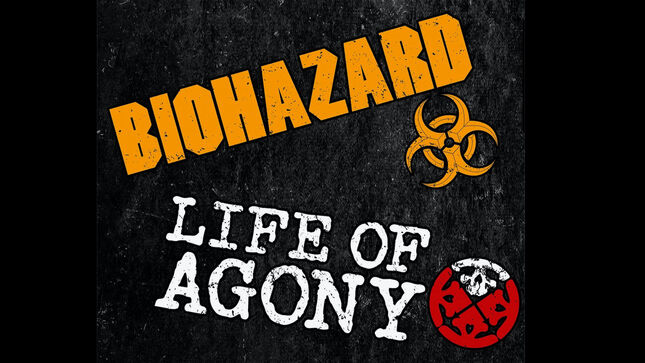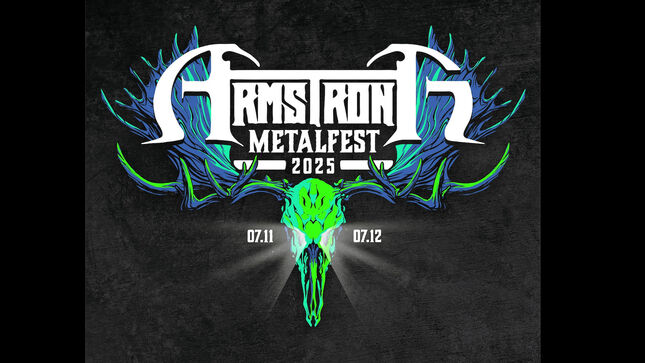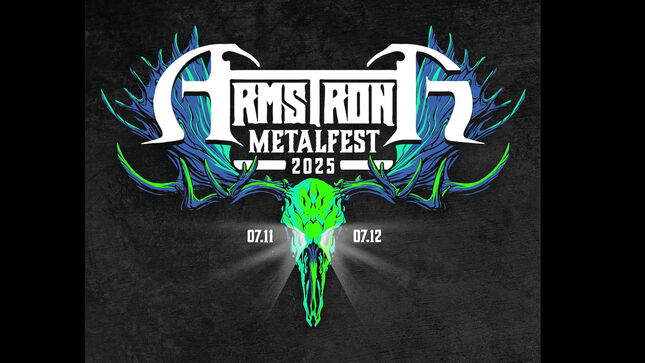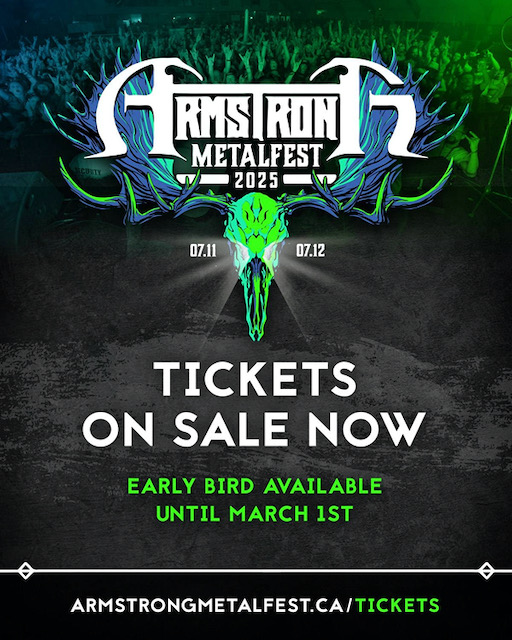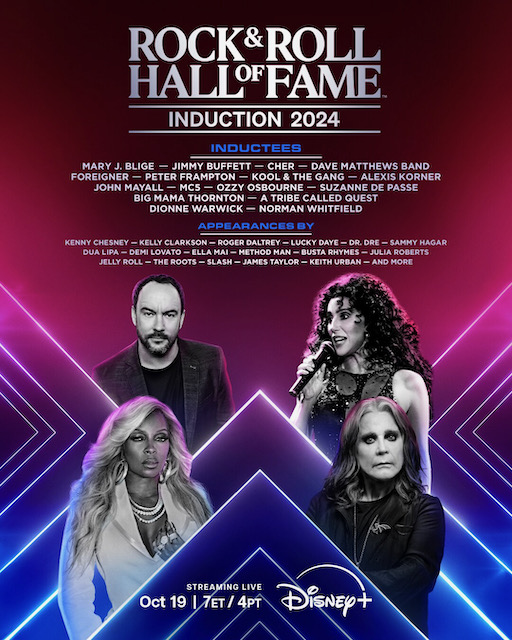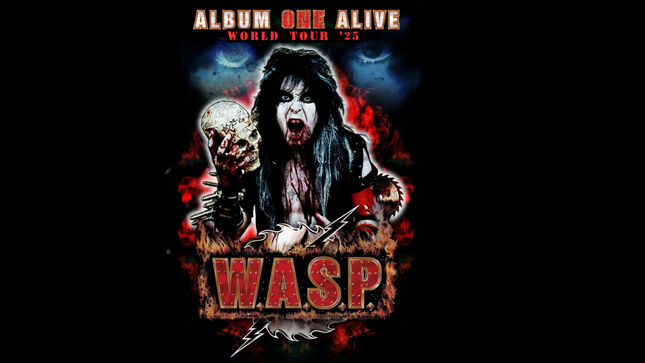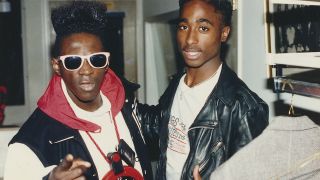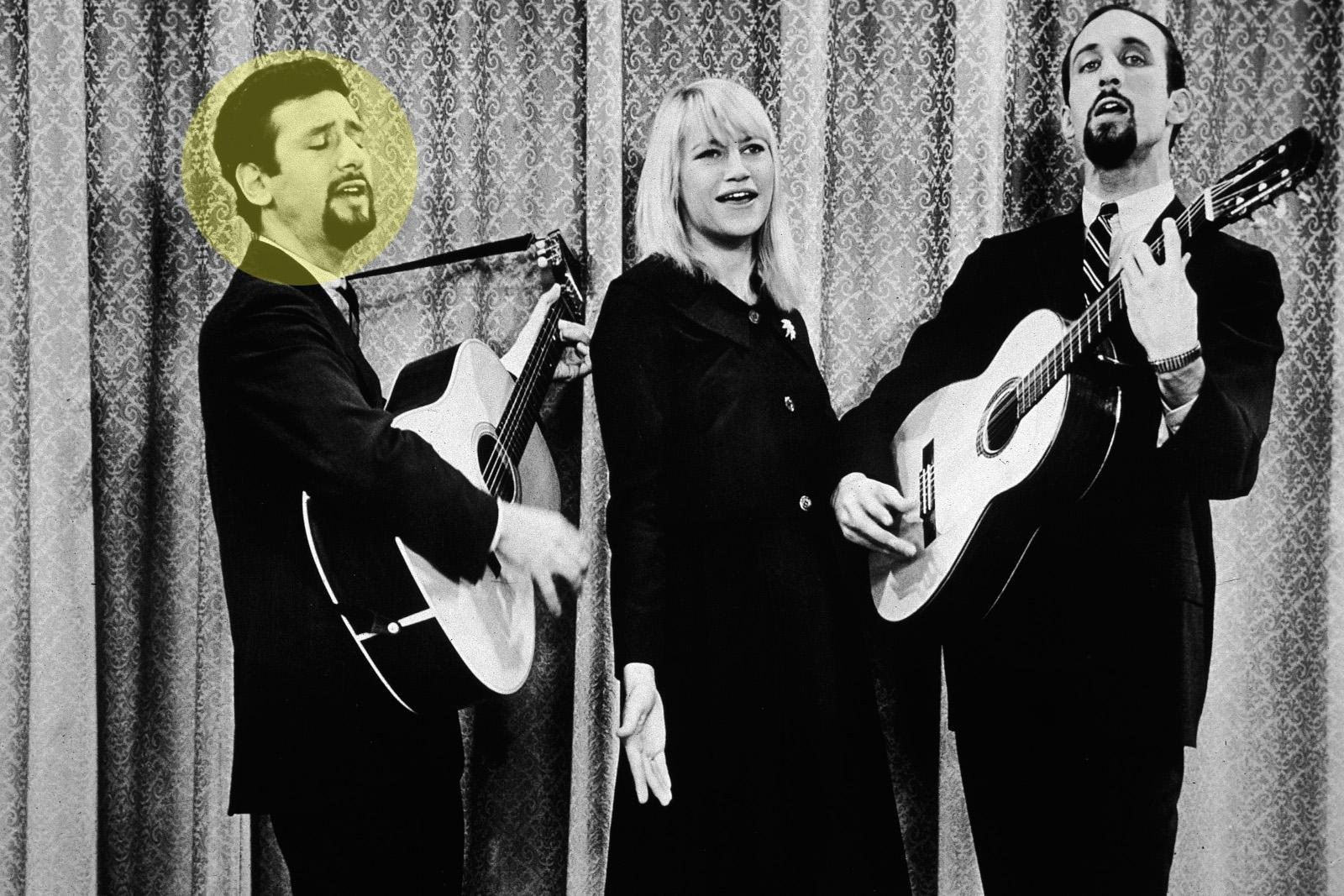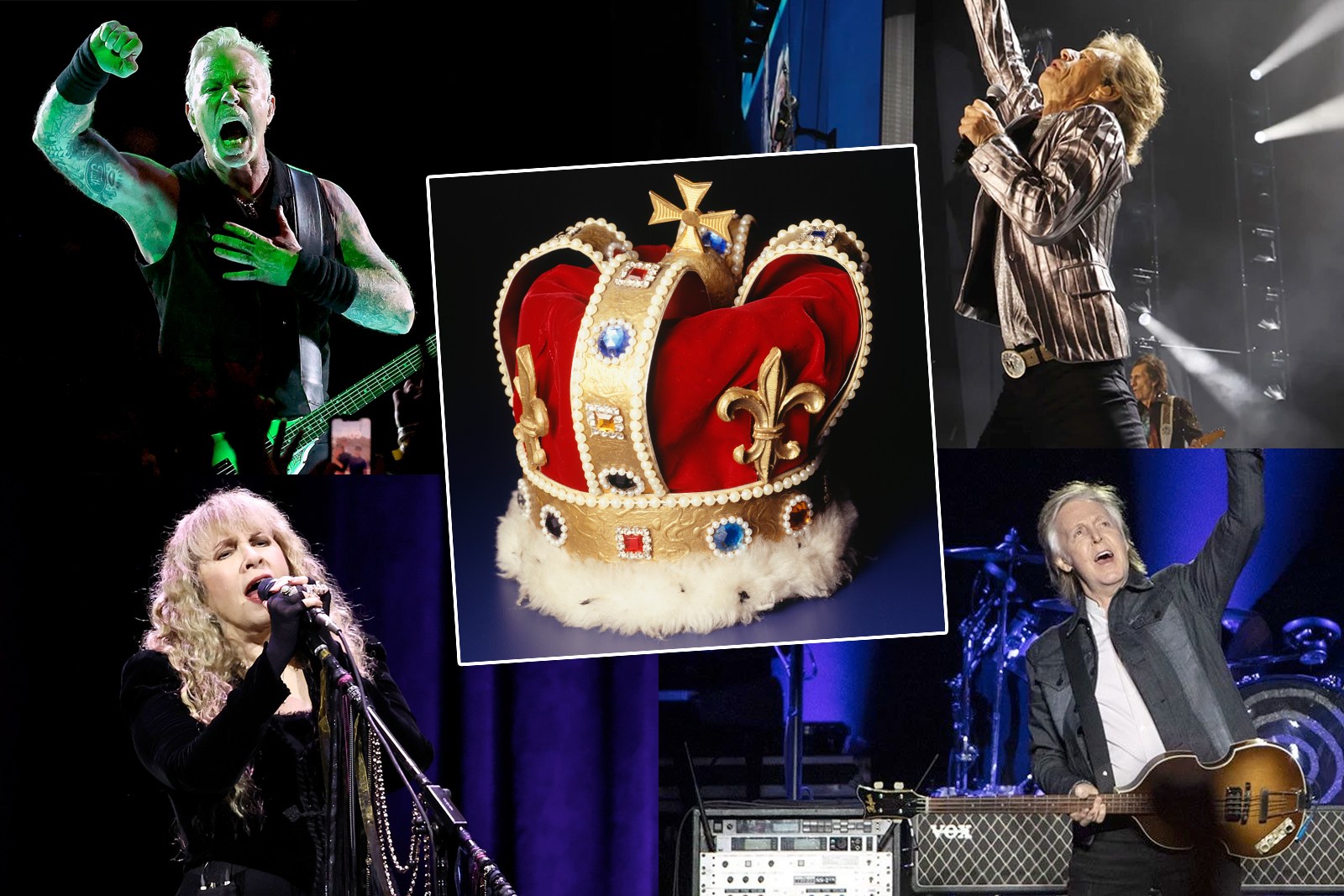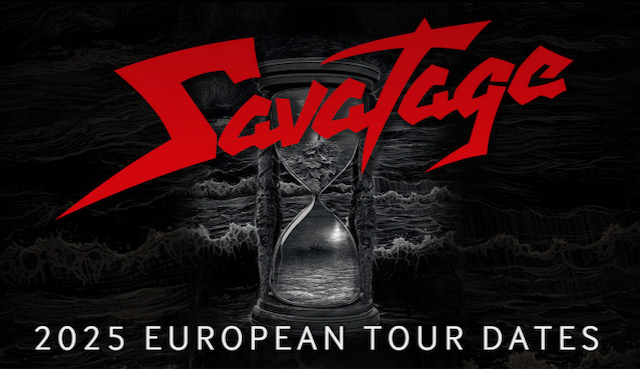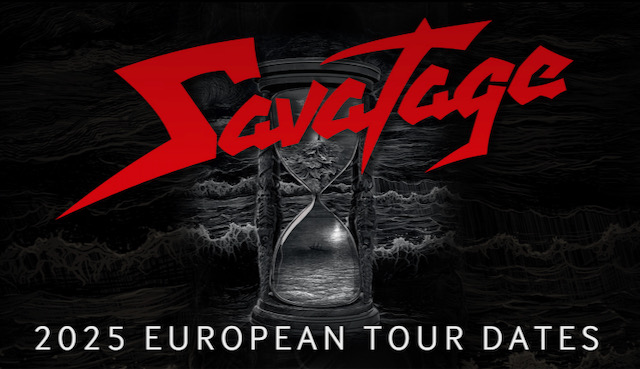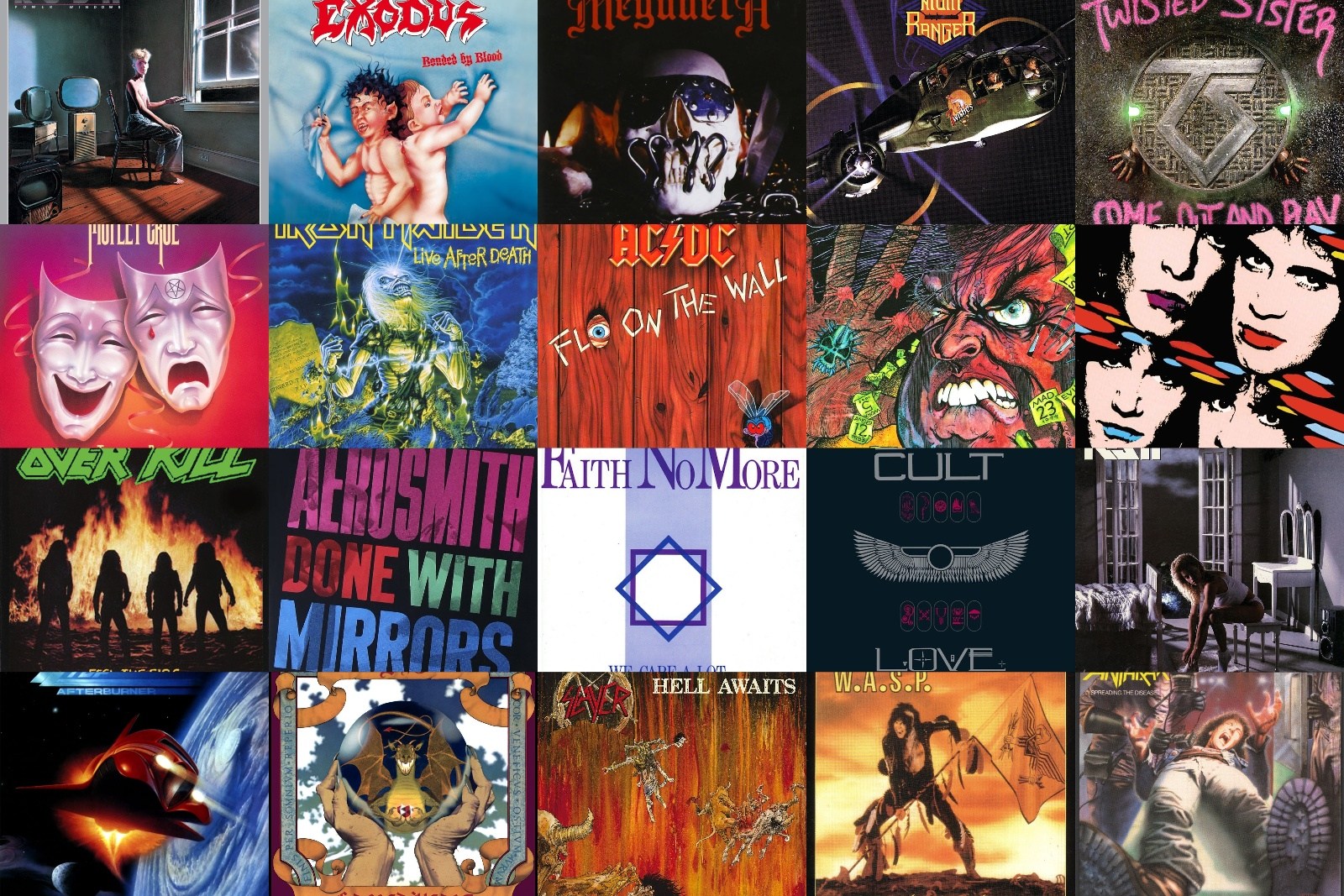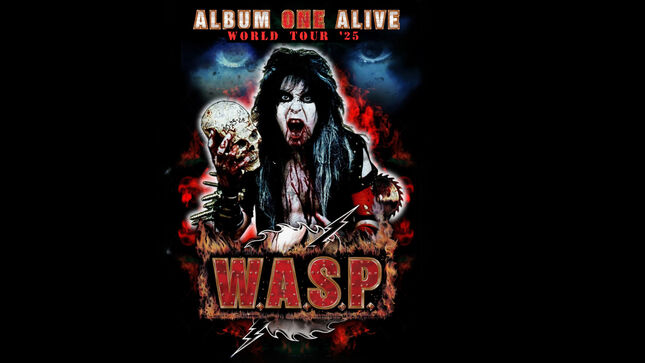
W.A.S.P. have updated the itinerary for their “Album ONE Alive” tour, marking the 40th anniversary of the release of the band’s first album. To celebrate this classic metal album, W.A.S.P. are, for the first time in 40 years, playing the entire album from top to bottom, start to finish. In addition, W.A.S.P. will be appearing at a number of European festivals, performing their greatest hits.
The updated itinerary can be found below. For tickets, head here.
Formed in 1982, W.A.S.P. is set to bring this universally acclaimed “classic” album to life. Lead vocalist Blackie Lawless says, “It was an angry record made by an angry band. It was a record that not only reflected the attitude of the band members who made it, but also a record that reflected its time.” This record became a central piece of the 80s metal scene and remains one of the best metal debut albums of all time.
Along with bassist Mike Duda and lead guitarist Doug Blair, whose tenures in the band are 29 and 26 years respectively, W.A.S.P. is joined by long-time drummer extraordinaire Aquiles Priester.
Lawless and company will deliver the ultimate incredible spectacle, bringing W.A.S.P.’s most colorful history to life by performing this revered album in its entirety… ONE more time… ONE last time… Album ONE Alive!
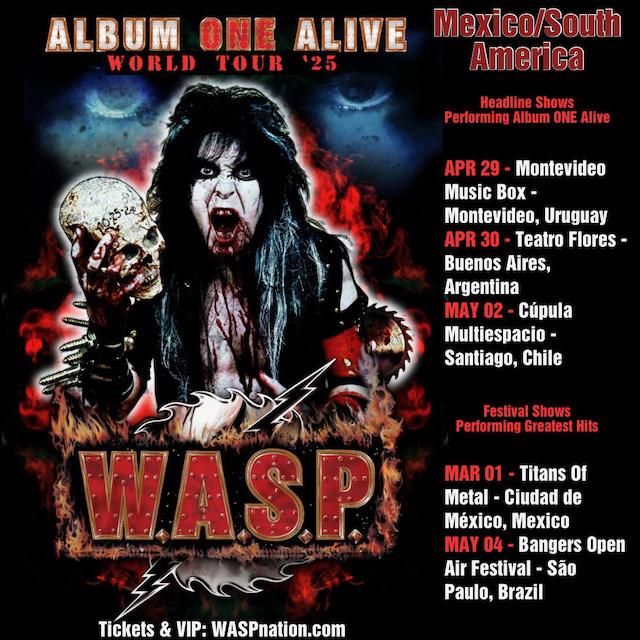
Headline Shows Performing Album ONE Alive:
April
29 – Montevideo Music Box – Montevideo, Uruguay
30 – Teatro Flores – Lomas De Zamora, Argentina
May
2 – Cúpula Multiespacio – Santiago, Chile
June
7 – Astra – Berlin, Germany
10 – Le Forum – Vaureal, France
11 – Effenaar – Eindhoven, Netherlands
12 – Rockhal – Esch-sur-alzette, Luxembourg
13 – Schlachthof Wiesbaden – Wiesbaden, Germany
July
11 – Hangar – Belgrade, Serbia
16 – Live Club – Trezzo Sull’adda Mi, Italy
29 – Salle de l’Abeille – Riddes, Switzerland
30 – Komplex – Zurich, Switzerland
August
3 – Backstage Halle – Munich, Germany
4 – LKA Longhorn – Stuttgart, Germany
Festival Shows Performing Greatest Hits:
March
1 – Titans Of Metal 2025 – Ciudad De México, Mexico
May
4 – Bangers Open Air Brasil 2025 – São Paulo, Brazil
June
6 – Mystic Festival – Gdańsk, Poland
8 – Rock Hard Festival – Gelsenkirchen, Germany
14 – Into The Grave – Leeuwarden, Netherlands
July
10 – Area 53 Festival – Leoben, Austria
12 – Midalidare Open Air – Mogilovo, Bulgaria
13 – Rockwave Festival 2025 – Malakasa, Greece
18 – Sun And Thunder Festival – Málaga, Spain
26 – Steelhouse Festival – Abertillery, UK
30 – August 2 – Wacken Open Air – Wacken, Germany
August
1 – Skogsröjet Festival – Rejmyre, Sweden
6 – Leyendas del Rock Festival – Villena, Spain
8 – Alcatraz Festival – Kortrijk, Belgium

About W.A.S.P.:
Few bands in the history of rock n’ roll have ever incited the love, the hate, the raw emotional effect this band has had on the world. From the very beginning, in the small venues of Los Angeles California, and later to the numerous countries worldwide that banned these Winged Assassins from performing live, the band’s unique style of shock and rock caused religious organizations, local city councils, parliaments, and the Washington D.C. senate to hold hearings in an effort to bar this group from selling records and trashing stages everywhere they played.
The band’s founding member, frontman Blackie Lawless, has led the group as its lead vocalist and primary songwriter since its beginning. His unique brand of visual, social and political comment took the group to worldwide heights and sold millions of records alongside a legacy of sold out shows across the globe for 4 decades.
